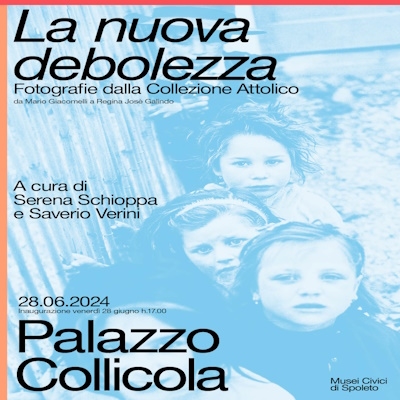HISTORY
Inhabited by the Romans, Cascia was annexed to the ancient municipium of Cursula. Conquered by the Byzantine general Narses in 553, it was later included in the Duchy of Spoleto, and in the 10th century it became an independent republic with its own currency. Siding with the Ghibellines, Cascia fought lengthy wars against Spoleto and the Papal States. After being ruled by the Trinci family of Foligno, in 1228 it was occupied by Frederick II of Swabia. Devastated by an earthquake in 1300, it was rebuilt and fortified. In 1516 it was besieged and conquered again, and its fortress was destroyed. In the 16th century it surrendered to the Papal States, remaining under its rule until 1860.
ART, CULTURE, ENVIRONMENT
A religious center charged with mysticism and spirituality connected with the veneration of St. Rita, Cascia has artistic gems of great interest such as the monumental Church of San Francesco, a splendid example of Gothic architecture with a beautiful rose window and pointed arch door, and the Church of Sant'Antonio Abate, originally built in the 1400s and renovated in the Baroque period, with a cycle of frescoes depicting the story of St. Nicholas of Siena. The Collegiate Church of Santa Maria, one of the town's oldest buildings, built during the time of the Lombards, has a rich collection of paintings and sacred ornaments. The Gothic Church of Sant'Agostino stands on the top of the hill near the Fortress, and inside has excellent frescoes from the Umbrian and Perugian schools. The Basilica and Monastery of St. Rita is known throughout the world as a center of great historic and religious interest. This sanctuary, which was built starting in 1937 and which preserves the saint's cell and rose garden, incorporates a mixture of Gothic and Byzantine styles. Also worth visiting are the Palazzo Santi Civic Museum, which has important archeological artifacts and one of the most important collections of wooden sculpture in Italy, and Palazzo Carli, perhaps the town's most representative example of public architecture, which holds the municipal archives and the library. Worthy of a visit nearby are the village of Roccaporena, a treasure trove of memories regarding St. Rita (the house where she lived, the miracle garden, the crag and the rose garden), and the Villa of San Silvestro (Chiavano highland plain), with the ruins of a pagan temple (2nd century BC), an important record of the archaic period.



























